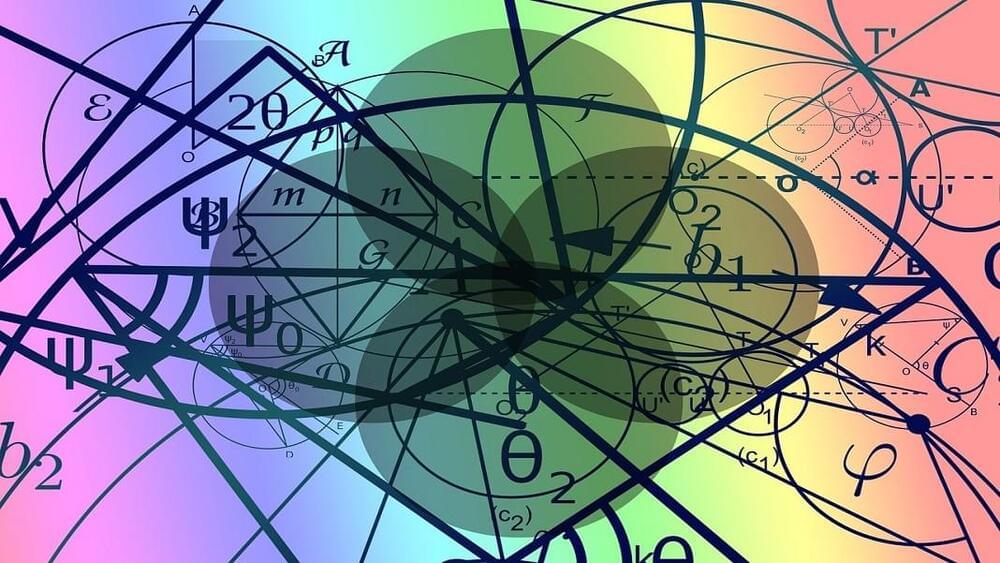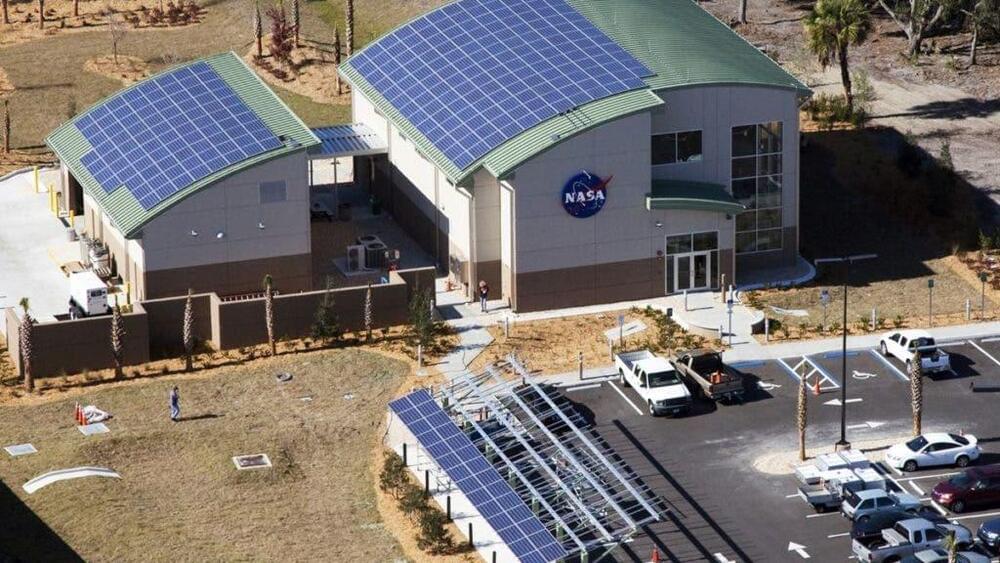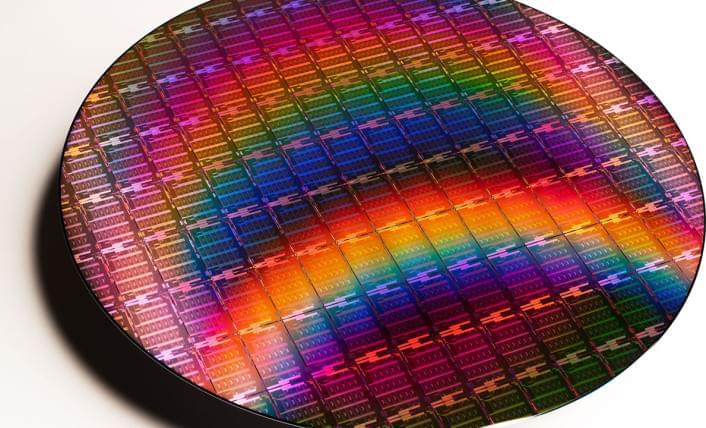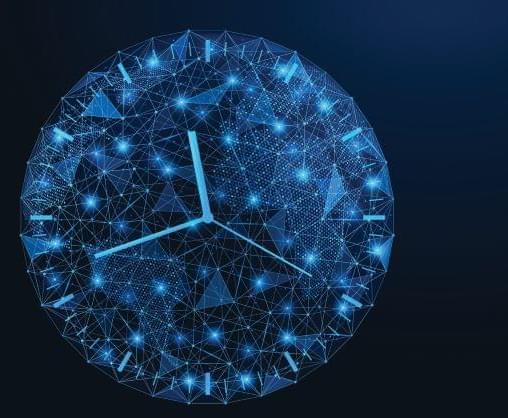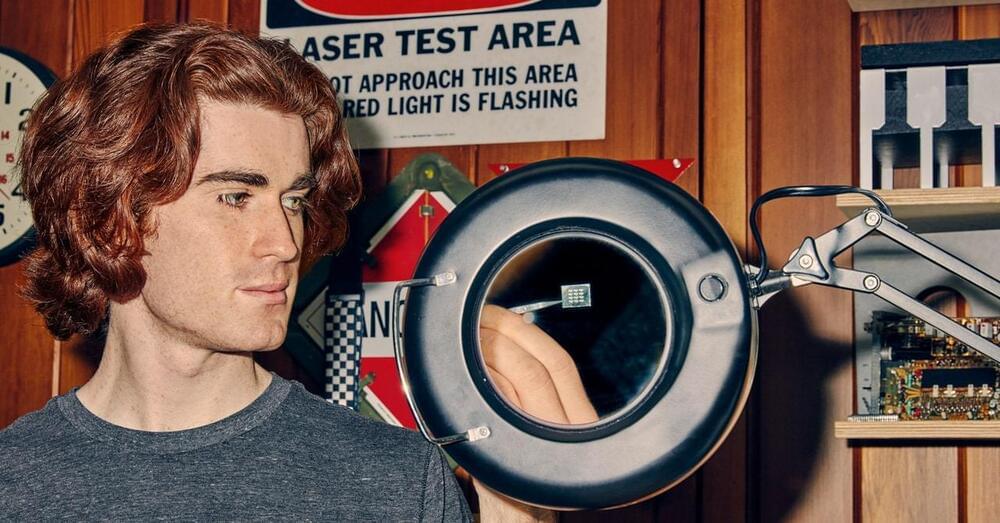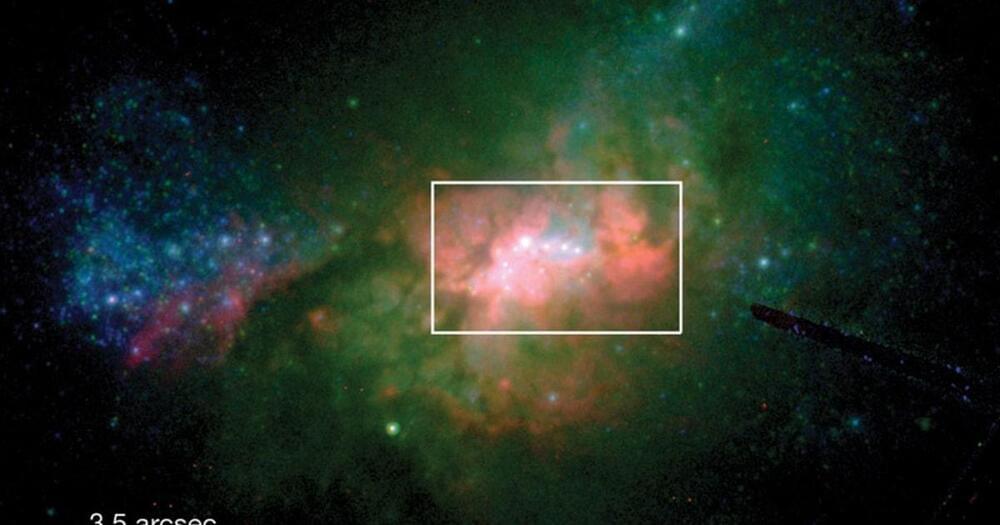Jan 20, 2022
Humans Didn’t Invent Mathematics, It’s What the World Is Made Of
Posted by Kelvin Dafiaghor in categories: mathematics, physics
Many people think that mathematics is a human invention. To this way of thinking, mathematics is like a language: it may describe real things in the world, but it doesn’t “exist” outside the minds of the people who use it.
But the Pythagorean school of thought in ancient Greece held a different view. Its proponents believed reality is fundamentally mathematical. More than 2,000 years later, philosophers and physicists are starting to take this idea seriously.
Continue reading “Humans Didn’t Invent Mathematics, It’s What the World Is Made Of” »
